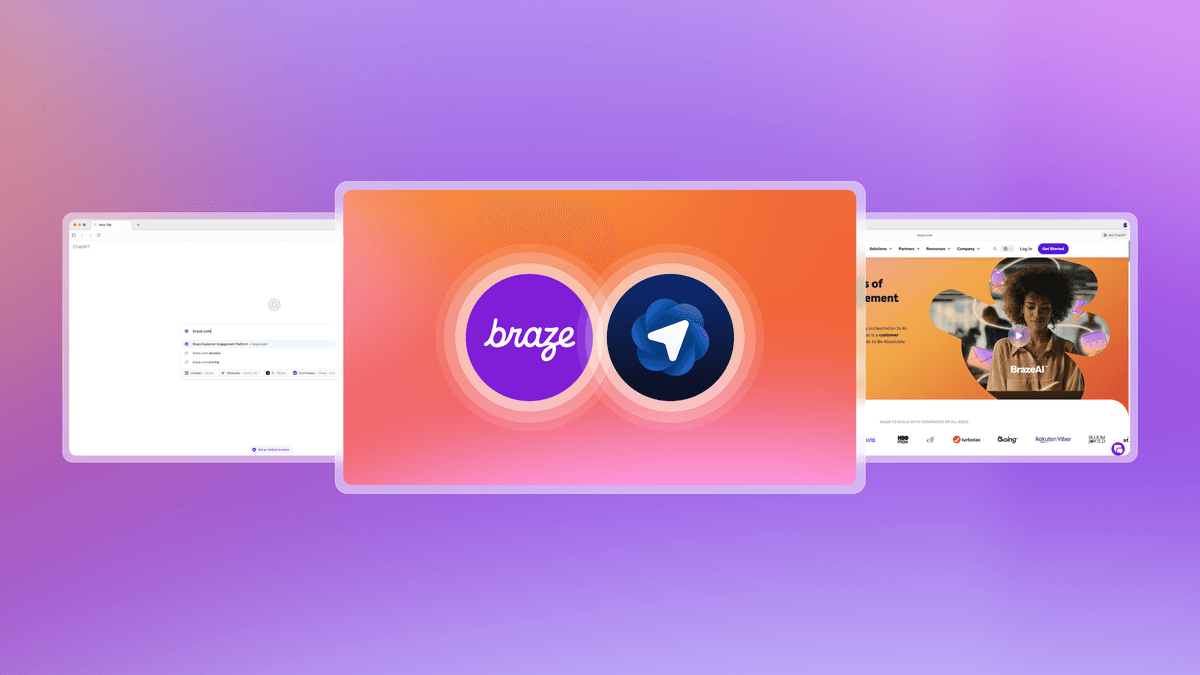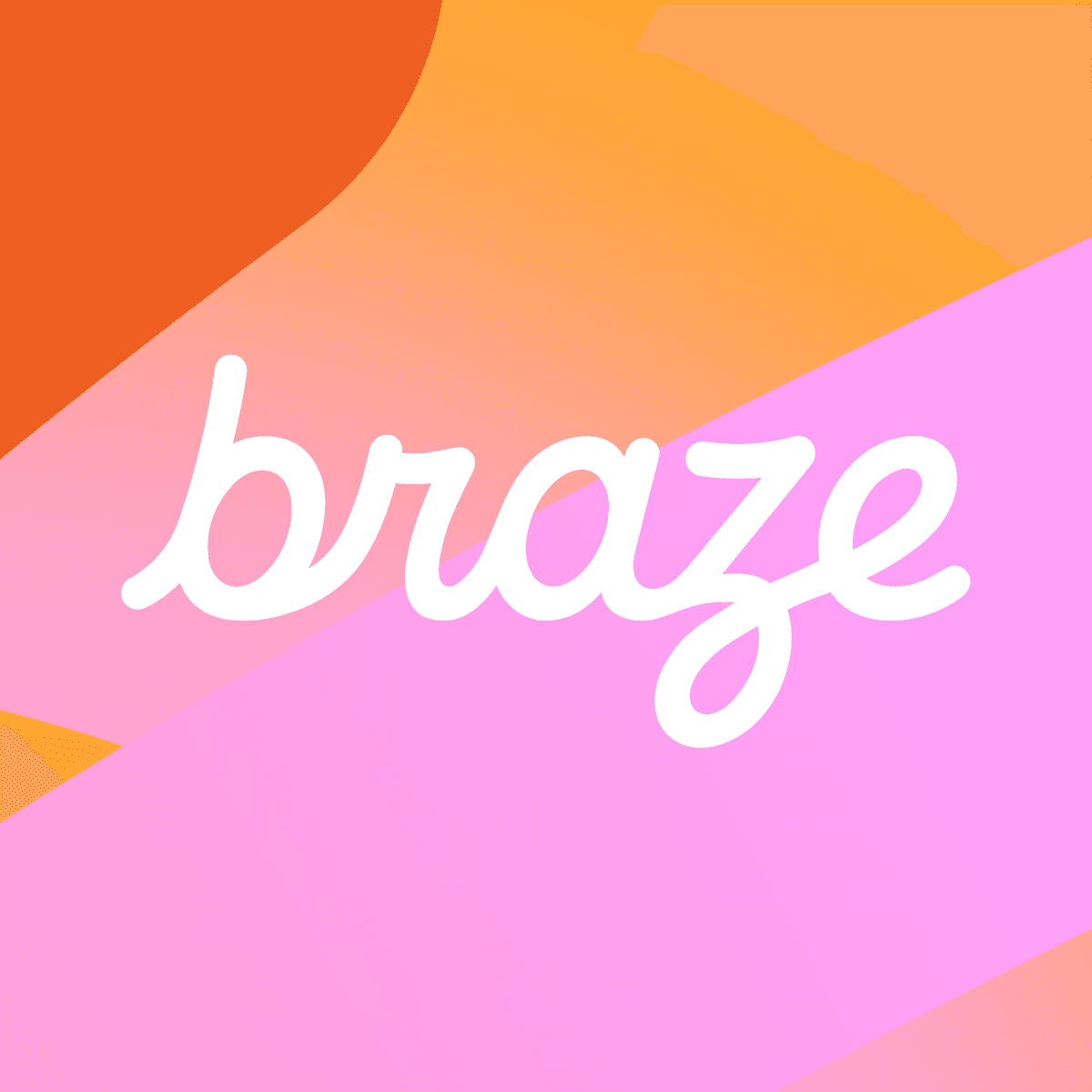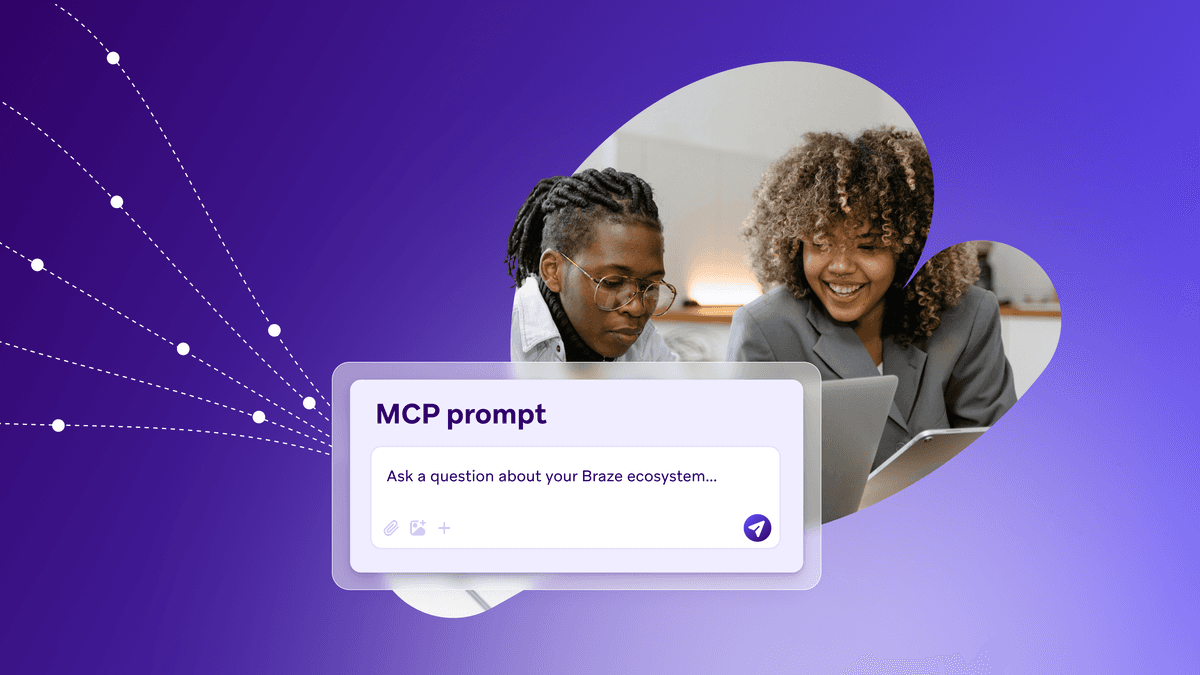The New Opt-Out: What Apple Changed When It Comes to Marketing Push—And How Brands Should Respond
Published on October 01, 2020/Last edited on October 01, 2020/7 min read

Published on October 01, 2020/Last edited on October 01, 2020/7 min read

In a world dominated by Google, Apple, Facebook, and Amazon (GAFA), the terms and conditions established by these inescapable brands exist to set down the rules of engagement for digital platforms and solutions, giving brands and consumers alike a set of guidelines they’re expected to follow in order to continue leveraging a given website, platform, or technology. And as we live more and more of our lives online, the potential impact of these (often opaque and confusing) rules continues to grow.
Take Apple. This global tech giant has had terms and conditions associated with its App Store for more than a decade, and if your brand has launched an iOS app in that time, you’ve agreed to abide by it. Like most terms and conditions, you probably haven’t read even a paragraph of it—most of us probably don’t do more than glance at it while trying to find the “Accept” button. But earlier this year, Apple made a quiet change to its terms and conditions that could potentially have ripple effects for marketers around the world.
The Apple App Store’s terms and conditions run nearly 13,000 words and cover everything from Apple’s definition of objectionable content to rules covering in-app purchases. It’s a living document, updated in an ongoing fashion by Apple, and this year’s big change was an alteration to section 4.5.4, which sets down rules for push notifications sent by iOS apps. The section opens as follows:
Push Notifications must not be required for the app to function, and should not be used to send sensitive personal or confidential information. Push Notifications should not be used for promotions or direct marketing purposes unless customers have explicitly opted in to receive them via consent language displayed in your app’s UI.
Now, this first part has been around since the dawn of push notifications, and hasn’t stopped brands from leveraging iOS push notifications as a key part of their customer engagement strategy. However, there was a small(ish) addition this year that changes the picture a bit:
You must provide a method in your app for a user to opt out from receiving such messages.
From a customer relationship-focused perspective, this change is actually clarifying. You can send marketing push notifications to your users—you just need to tell them that you’ll be doing so when they opt in for push, and you need to give them a way to opt out of marketing-specific push later if they no longer want to receive them.
Your brand is probably already used to having to move fast when Apple makes a significant change; after all, they do it basically every year when they release the latest version of iOS. But this particular change, while pressing, is also a bit different than the usual ones coming out of Cupertino. For marketers, the big question surrounding updates to section 4.5.4 is: How should we approach complying with this new requirement. The broad strokes are clear—if your brand is sending push notifications for marketing purposes, you should establish a way for users who are opted in for push notifications to opt out of this particular stream of messages. But like many guidelines, the App Store terms and conditions don’t lay out how brands should comply; they just call for them to do so.
For most brands, compliance will likely come in one of two main ways:
While the first option will likely be the easiest one for many brands to implement, taking this approach runs the risk of tacitly encouraging on-the-fence users to turn off push entirely to stop getting messages that they’re not interested in. The second option is more involved, but worth considering—especially because preference centers have benefits beyond this single use case.
At the core, a preference center is a page on your app or website that makes it possible for a user to easily configure their messaging experience with your brand. While many brands offer only an email preference center, this tool can be used to give customers the option to self-personalize the messages they receive, increasing the odds that they have a relevant experience and providing key insights into what they’re interested in.
With a robust preference center, each user will let you know what channels, message types, and more they’re willing to receive, what subjects they want to hear more about, and how often they want to hear from your brand. Ultimately, a preference center helps your customers decide for themselves how they want you to communicate with them; they put power in the hands of consumers, so that you can establish which channels and what pattern of communications they get, on their terms.
For brands that already have a preference center, compliance may mean simply adding another field to allow users to tell you that they do or don’t want to receive marketing messages. But even if you have a preference center, it’s worth taking the time to look at whether you’re seeing the full value of this tool. How many of your users know you have a preference center—and how many have actually used it? There may be an opportunity to reduce push opt-out rates by encouraging folks to opt-down instead of turning this channel off, but only if users know what’s possible with your preference center and how to access it.
In a word, maybe. We’ve seen brands use in-app messaging in other circumstances to create a sort of transitory preference center that allows messaging to be delivered based on explicit signals from customers.
One classic example? In the run-up to election day 2016, a leading news brand used in-app messages to allow users who were interested in in-depth coverage of political news or wanted to follow specific state or local races to sign up for particular push notification flows. That made it possible for a user in New Jersey, for instance, to interact with an in-app message and sign up for updates on their local House race, without getting messages about Congressional contests they might have no interest in.
However, this approach does have some risks if it’s used as a response to Apple’s terms and conditions update. First, for this approach to work, users would likely need to be given the option to change their push notification subscriptions on a regular, ongoing basis. Second, because these prompts wouldn’t be built into your app, it’s possible that Apple could find that your app hasn’t sufficiently complied with the terms and conditions, leading to App Store issues. (That said, it’s also quite possible that Apple will decline to aggressively enforce this new language, as it has sometimes done in the past.)
Whether or not Apple decides to strictly enforce this new provision, it’s a good time for your team to sit down and think through your usage of push notifications for marketing purposes and to consider what compliance should look like for you. The truth is, engaging today’s consumers increasingly requires personalized, relevant messaging and taking steps to understand and respect your users’ preferences and behaviors is a great first step to meeting that need.
Sign up for regular updates from Braze.



